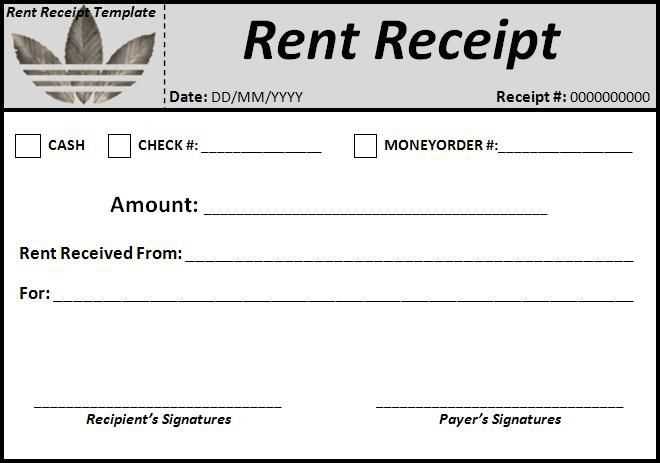
Key Components
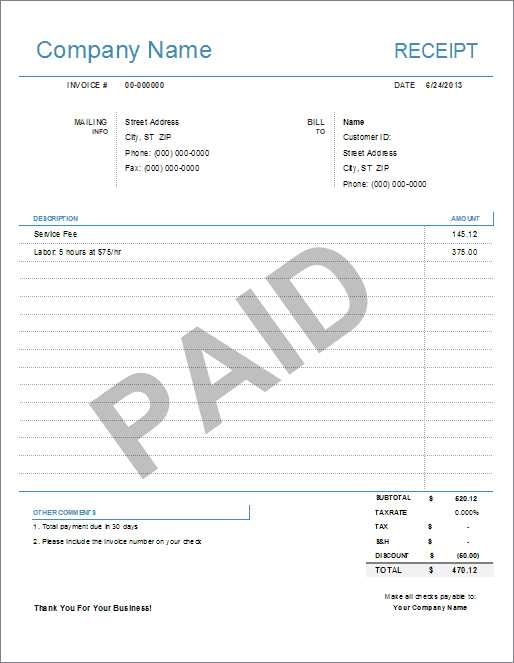
A junkyard receipt should clearly document the transaction details. Include the following key components:
- Transaction Date: The exact date of the transaction.
- Customer Name: The full name of the person selling or buying parts.
- Vehicle Information: Include make, model, year, and VIN (Vehicle Identification Number).
- Parts Sold or Purchased: A detailed list of parts involved in the transaction, including quantity and description.
- Pricing: Clearly state the price for each part and the total cost.
- Payment Method: Indicate whether the payment was made in cash, card, or any other method.
- Signatures: Space for both customer and seller signatures to confirm the transaction.
Formatting Tips
Clarity and Structure
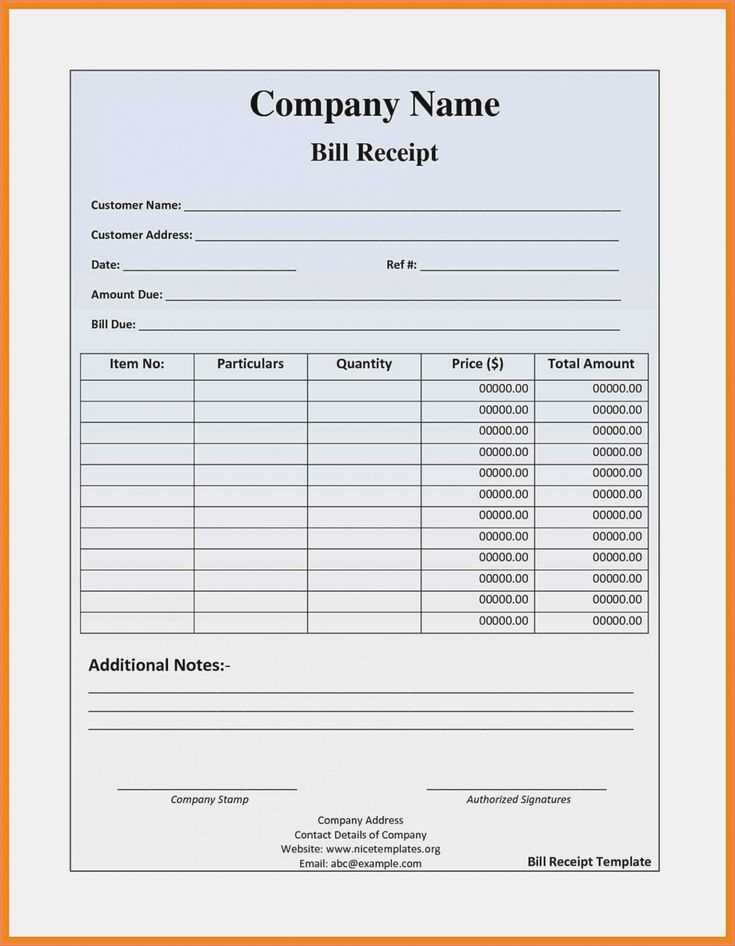
Ensure the receipt is easy to read. Use a clean layout with separate sections for different types of information. Bold important details like the total cost and vehicle information for quick reference.
Include Contact Information
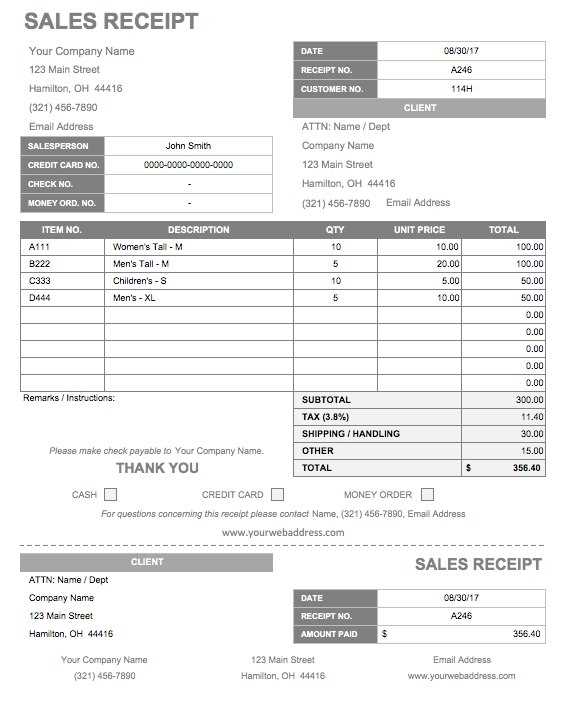
Don’t forget to add the junkyard’s name, address, and phone number at the top or bottom of the receipt. This helps with future inquiries or disputes.
Receipt Number
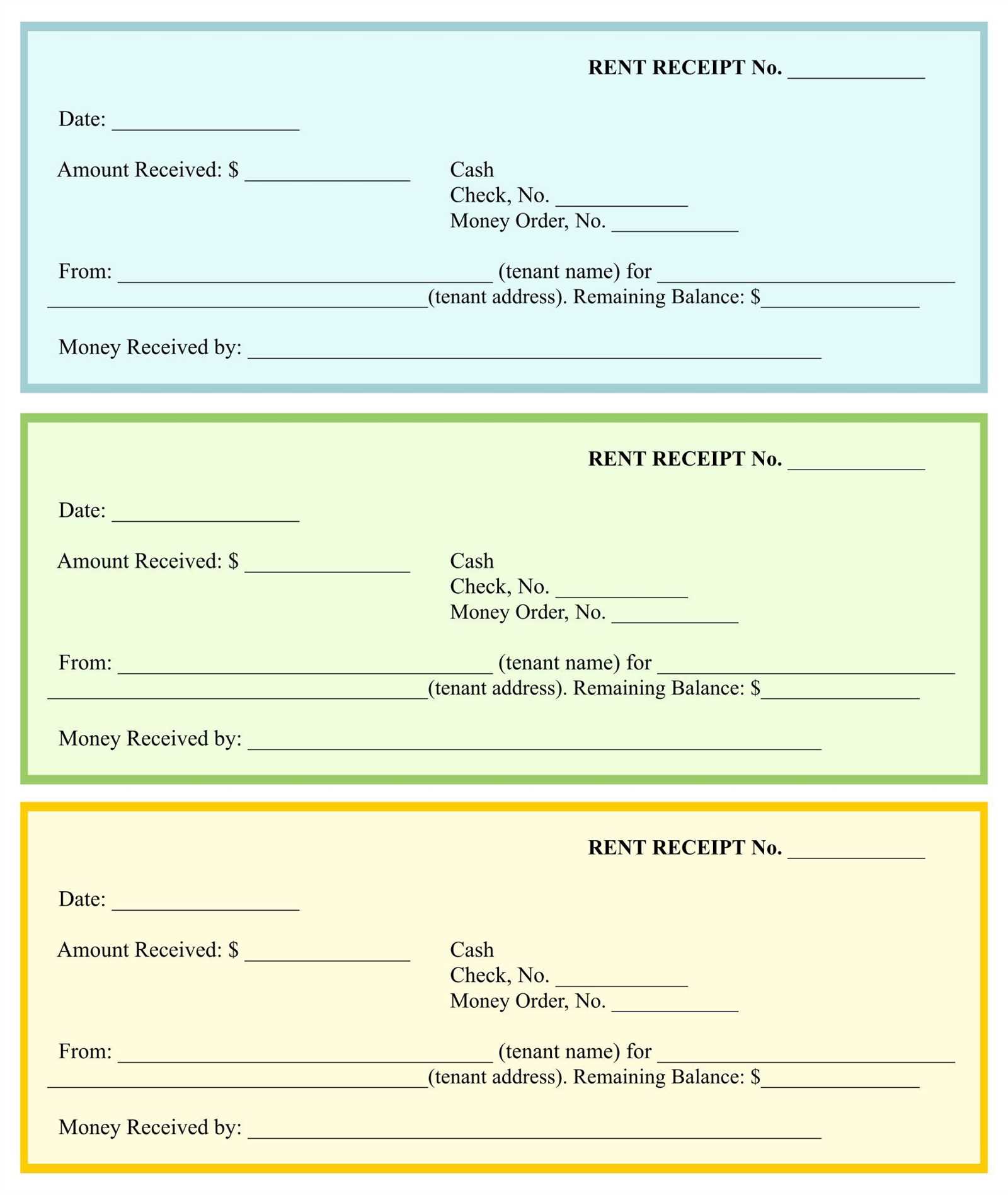
Assign a unique receipt number to each transaction. This helps track purchases and sales for future reference and record-keeping purposes.
Junkyard Receipt Template: A Practical Guide
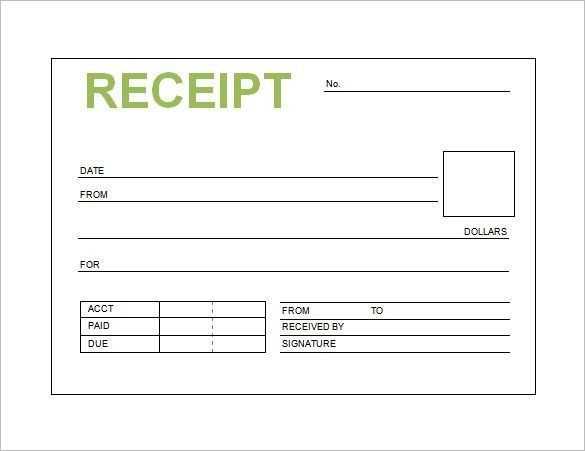
Customize your junkyard receipts to reflect your business needs. Include fields such as customer name, vehicle details (make, model, year), itemized list of parts or materials, quantity, and price. A clean and organized receipt helps both you and your customers understand the transaction clearly. Consider adding a unique receipt number for tracking purposes.
Best practices for organizing transactions in a junkyard involve keeping records of all items coming in and out. Record the date and time of each transaction along with the employee’s name who processed it. This ensures accountability and minimizes the risk of errors. Use an easy-to-understand format that can be accessed quickly in case of an audit or customer inquiry.
Legal and tax requirements for junkyard documentation vary by location. Be sure to include required details such as the seller’s identification information and the amount paid for scrap. Consult local regulations regarding the necessary documentation for scrap metal or parts sales to avoid penalties. Keeping proper records of all sales will help with tax reporting and compliance.


